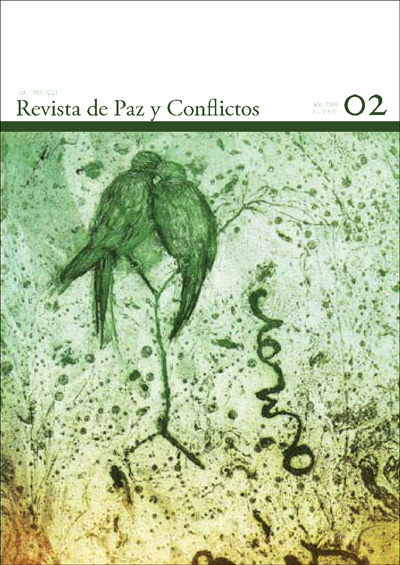Of Lions and Foxes: Power and Rule in Hebrew Medieval Fables
DOI:
https://doi.org/10.30827/revpaz.v2i0.429Keywords:
Alfonso el sabio, Brechia Ha-Nakdan, Cicero, Dante, Elite, Fox, Ibn Sahula, Lion, Machiavelli, Meshal Haqadmoni, Mishle ShualimAbstract
This article examines the relationship between the lion and the fox as an expression of the disposition of powers in the political-governmental arena and their relationship to the governed, in ancient and medieval philosophical thought. This article will also examine the mutual relationships between rulers and their advisors and between rulers and subjects in a kingdom or within a court under their rule, with a focus on Hebrew medieval fables. This article is based on two examples: one from Mishle Shualim by Berechiah Hanakdan (England / Provence, at the end of the 12th century or the first half of the 13th century) and the other from Meshal Haqadmoni, by Isaac Ibn Sahula (Spain, 1281). The characters of the lion and the fox as metaphors are reflected as well as in modern political thought in theories that discuss the ruling elite, and their relevance seems applicable to our times.Downloads
Download data is not yet available.
Published
2009-06-04
How to Cite
Refael-Vivante, R. (2009). Of Lions and Foxes: Power and Rule in Hebrew Medieval Fables. Revista De Paz Y Conflictos, 2, 24–43. https://doi.org/10.30827/revpaz.v2i0.429
Issue
Section
Articles
License
Esta obra está bajo una licencia internacional Creative Commons Atribución 4.0.














